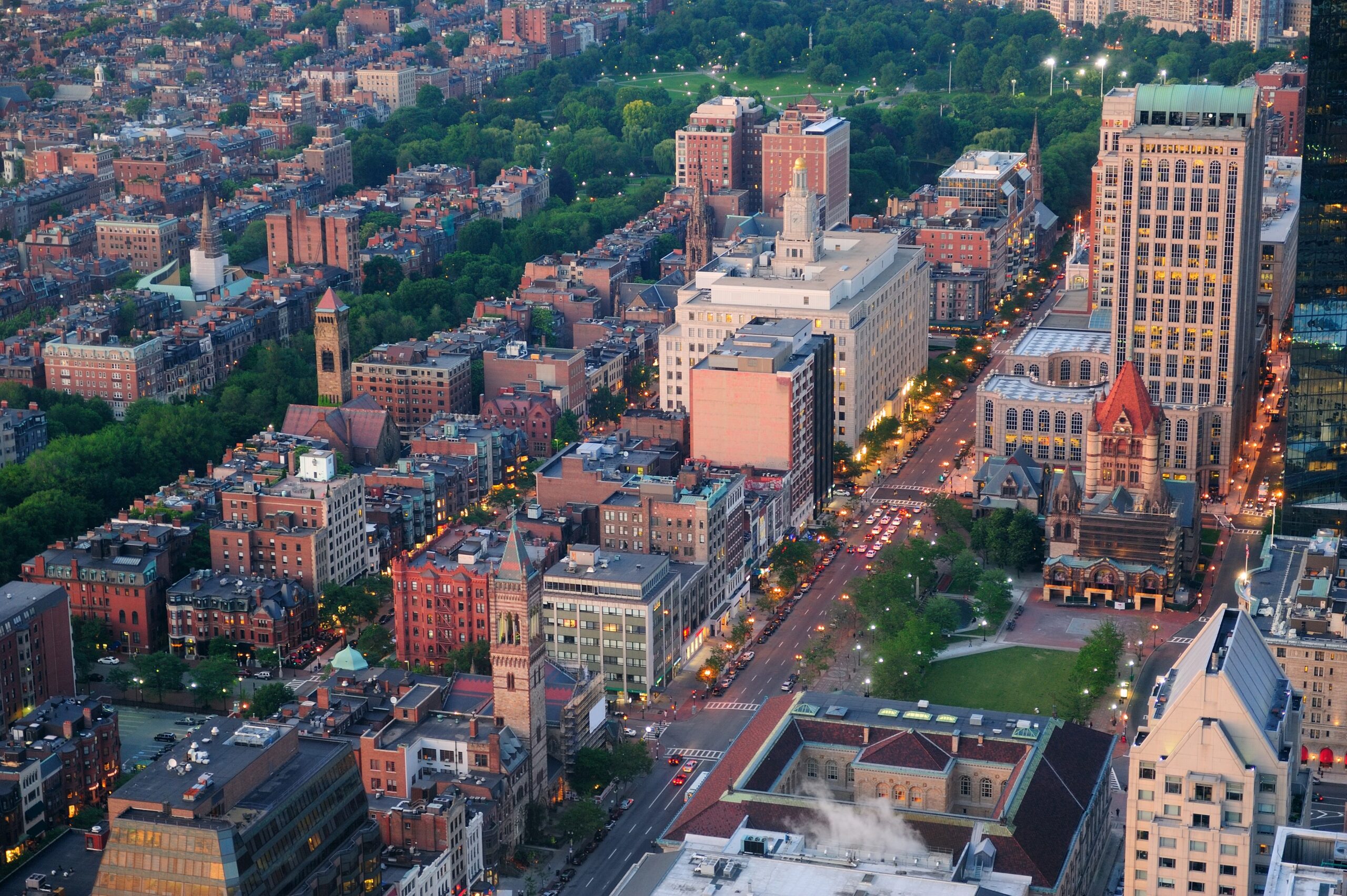

Canada continues to be one of the most welcoming countries in the world. Each year, thousands of immigrants arrive, bringing new ideas, skills, and cultures that help the country grow. But with this growth comes pressure, especially on housing and infrastructure.
This is a growing concern for cities already struggling to keep up.
Immigration is the main reason for Canada’s population boom. In 2023 alone, over a million newcomers—both permanent and temporary residents—made Canada their home. Most settle in big cities like Toronto, Vancouver, and Montreal, where work opportunities and support systems are stronger.
But these cities are already packed. As the population rises, so does the demand for housing, hospitals, schools, and transit. Many of these systems are already stretched thin. Now, they’re reaching breaking points.
Housing is one of the biggest issues linked to immigration. In major cities, rent and home prices have soared. Many newcomers find it hard to afford places to live. Some are forced to share small apartments with multiple families, just to make ends meet.
The reason? The housing supply simply isn't growing fast enough. New construction takes time and is often delayed by permits or zoning laws. While demand keeps rising, supply doesn’t.
This doesn’t just affect newcomers—it hits long-time residents too. More people competing for fewer homes means higher costs for everyone. It can also lead to overcrowding and poorer living conditions.
Governments at all levels recognize the crisis. Several cities are now investing more in affordable housing projects. Some are trying to speed up construction by easing zoning rules or offering incentives to builders.
But these solutions take time. Even when money is available, building homes and upgrading services isn’t fast. Experts argue there’s a gap between immigration goals and housing readiness. That gap is growing.
What’s needed, they say, is better planning across all levels of government—federal, provincial, and municipal. Immigration targets should match housing plans. Without that balance, even the best efforts may fall short.
It’s not just about where people live. It's also about how communities function.
Hospitals are reporting longer wait times. Classrooms are getting crowded. Roads and buses are often full. Newcomers, like anyone else, depend on these services—and they need to be ready for increased use.
When public systems are overwhelmed, quality drops for everyone. That’s why infrastructure planning must grow alongside population growth. Investing in transit, schools, and healthcare is just as important as building homes.
Experts say one way to ease pressure on cities is to encourage newcomers to settle in smaller towns and rural areas. These communities often have cheaper housing, fewer people, and a strong need for workers.
Some immigration programs are now targeting these areas. Regional pilot projects offer permanent residency to people willing to live and work in smaller communities. It’s a win-win. Newcomers get affordable living and job opportunities. The towns get the population growth they need.
However, these areas also need support. Smaller towns need better roads, hospitals, and schools to absorb new residents. Investment must follow immigration—no matter the location.
Governments alone can’t fix everything. Builders, real estate developers, and local businesses all have a role in preparing for growth. Partnerships between public and private sectors can speed up construction, improve infrastructure, and create job opportunities.
Some companies are now building rental housing specifically for newcomers. Others are offering training and job placements to help them settle in faster. These efforts help reduce pressure on cities and make transitions smoother.
Immigration is key to Canada’s future. It supports the economy, helps offset an aging population, and keeps communities vibrant. But welcoming more people means we also need to build faster, plan better, and invest smarter.
Some suggestions experts have shared:
Canada’s strength lies in its diversity. But for everyone to thrive—newcomers and long-time citizens alike—we must ensure communities are ready to grow.
The conversation around immigration should not just focus on numbers. It should also focus on how those people live, where they settle, and what services they need. With better planning and support, Canada can grow stronger, without leaving anyone behind.
Having an 'Identity Verified' badge or being 'Identity Verified' simply indicates that an individual has submitted information to complete our identity verification process or we have conducted internal verification using various authorized websites. While this process includes safeguards, it does not guarantee that the person is who they claim to be.
If you encounter any issues with this profile, please report them here. While all consultants who are verified have RCIC ID, we may not have the latest data in terms of their renewal/cancellation/discontinuation of their RCIC ID.
The "Verified Consultants" profiles are created using publicly available information, including data from the IRCC website, official consultant sites, other listing platforms, and social media. Immiperts.com is an independent platform, not affiliated with IRCC or any registered immigration consultants. To update, claim, or remove your profile, please contact us at [email protected].
╳